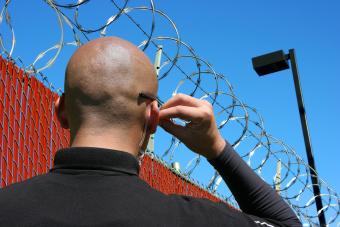Border Enforcement
Recent Activity
Approximately 400,000 migrants transit through Mexico each year in order to reach the United States, many of them women from Latin America. Gabriela Diaz and Gretchen Kuhner explain how the detention system's structure and new detention procedures affect women.
This Fact Sheet outlines the common rules and policies of Schengen Member States that have abolished controls at internal borders, the regulations for EU and third-country nationals who wish to enter and reside in the Schengen Area, and the function and mechanism of the “Schengen visa.”
This report, the product of two workshops held on border management in Belgium and Texas, addresses three arenas of significant change shared by the United States and the European Union: 1) new government organizations for controlling borders; 2) the use of information technology to secure borders; and 3) visa‐free travel policies.
Since 2000, Spanish authorities have used a technology-driven system for detecting and apprehending migrants attempting to reach Spanish territory by boat. Jørgen Carling of the International Peace Research Institute in Oslo explains how smugglers have responded and why illegal migration to Spain continues.
In no state is the immigration debate more polarized than in Arizona. Malia Politzer examines the proimmigrant and border watch groups active in the state and how they seek to influence policy.
Since 2000, Mexico has further intensified efforts to detain and deport irregular migrants. Gabriela Diaz and Gretchen Kuhner investigate the experiences of women migrants, the majority of them from Latin America, who have been detained in Mexico en route to the United States.
This report examines post-9/11 immigration enforcement practices in the United States through the lens of international human rights. It identifies gaps in the protection of noncitizens’ civil rights under U.S. constitutional law, and then evaluates whether post-9/11 U.S. immigration control measures have complied with obligations under international human rights law with respect to due process protections and the prohibition of discrimination on the basis of national origin or race.
The culminating report of the Independent Task Force on Immigration and America’s Future seeks to design a new and simplified immigration regime that averts illegal immigration, and at the same time, harnesses the benefits of immigration for the future.





